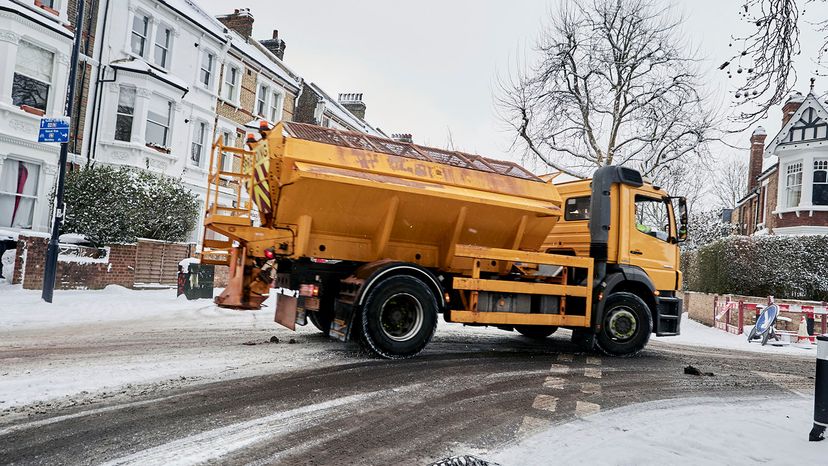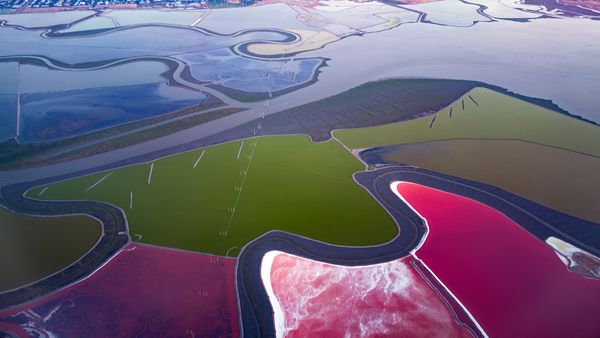Rock salt is one of the most widely used road de-icers, but it's not without critics.
For one, rock salt does have its limits. If the temperature of the roadway is lower than about 15 degrees F (minus 9 C), the salt won't have any effect on the ice. The solid salt simply can't get into the structure of the frozen water to start melting ice. In these cases, the DOT typically spreads sand on top of the solid ice to provide traction.
Rock salt also has major environmental issues, including the sodium and chlorine that leaches into the ground and water. And as we mentioned earlier, because rock salt isn't purified and contains contaminants — including lead, iron, aluminum and phosphorus — when it's spread, these are spread as well.
However, rock salt still remains the most widely used and affordable de-icers available. And while there are other chemical de-icers, too, none are 100 percent risk free.



